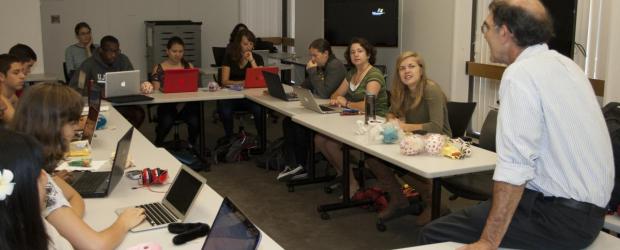

For the last 17+ years you have been showing the world your best self. Your A+ transcripts are only the beginning of the list. Shall we discuss your leadership on the field, in the classroom, onstage, or in your community? That would just be overkill.We have seen the intelligent and infallible you since you were born. We all know your vocabulary as a child consisted of 6 syllable scientific terms. And yes, you did know Atomic Numbers by the time you were 2.
You’ve shown your family, friends, classmates, teammates, teachers, advisors, counsellors, mentors, competitors, and frenemies your best self. Heck, the entire Stanford Office of Admissions has seen your best self too. The world has been privy to a particular kind of you for a very long time.
When you get tot Stanford, take the opportunity to breathe and be YOU. Instead of always showing up with your best self, show us your true self. Friendships will be easier to make and confidence better to find. The performances are only there when you encourage their existence. There doesn’t have to be a show. You, in your truest form, is enough to keep us captivated.
So this year:
- Try different things because you want to, not because you feel the need to impress or answer to anyone.
- Open yourself up to be vulnerable with others; share yourself and your story with people around you.
- Be unafraid of expressing your opinion, instead of simply admiring the other person who does.
- Embrace all of you (and yes, that includes your imperfections too).
Have a wonderful year, being yourself.


 The summer is winding down, and you’re probably bidding your semester school friends farewell. Stanford is only a month away.
The summer is winding down, and you’re probably bidding your semester school friends farewell. Stanford is only a month away.





